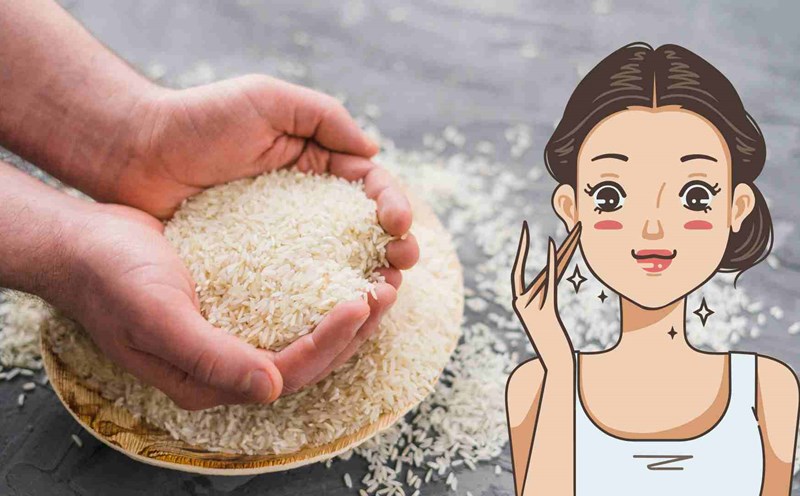Rice products are not under great pressure from tax rates in the US market due to small market share, however, rice exports are showing a downward trend since the beginning of 2025 due to large market supply, low export prices and importing markets limiting purchases to wait for prices to decrease.
According to statistics from the Customs Department, the volume of rice exports in June 2025 is estimated at 700 thousand tons with a value of 364.4 million USD, bringing the total volume and value of rice exports in the first 6 months of 2025 to 4.9 million tons and 2.54 billion USD, an increase of 7.6% in volume but a decrease of 12.2% in value compared to the same period in 2024.
The average export price of rice in the first 6 months of the year is estimated at 517.5 USD/ton, down 18.4% over the same period in 2024.
The Philippines is the largest rice consumer market in Vietnam with a market share of 43.3%. Followed by the Ivory Coast and Gana were the next two major markets with market share of 10.7% and 10.5%, respectively. Compared to the same period last year, the value of rice exports in the first 5 months of the year to the Philippine market decreased by 17.4%, the Ivory Coast market increased by 88.6%, and the Gana market increased by 61.4%.
In the group of 15 largest exporting markets, the rice export value increased the most in the Mangrove market with an increase of 293.2 times and decreased the most in the Malaysian market with a decrease of 54.7%.
Regarding the target for the last 6 months of the year, the Ministry of Agriculture and Environment said that the export plan target for 2025 is estimated to reach 5.7 billion USD, of which the first 6 months of the year need to reach 2.6 billion USD, the last 6 months of the year need to reach 3.1 billion USD. However, according to estimated export figures in June 2025, the possibility of rice export turnover may decrease compared to the set target, estimated at only about 5.5 billion USD, down 4.4% over the same period in 2024.
To achieve this goal, the Ministry of Agriculture and Environment has proposed solutions such as continuing to maintain export market share, taking advantage of competitive advantages to increase the market share of fragrant rice when Thailand and India are the two largest suppliers of this segment to the US market but are subject to high tax rates of 36% and 26%, respectively. In addition to maintaining traditional markets with large market participants such as the Philippines and Indonesia, Malaysia needs to seek more export markets and diversify input materials to reduce tax pressure. At the same time, it is also necessary to expand to new potential markets.










